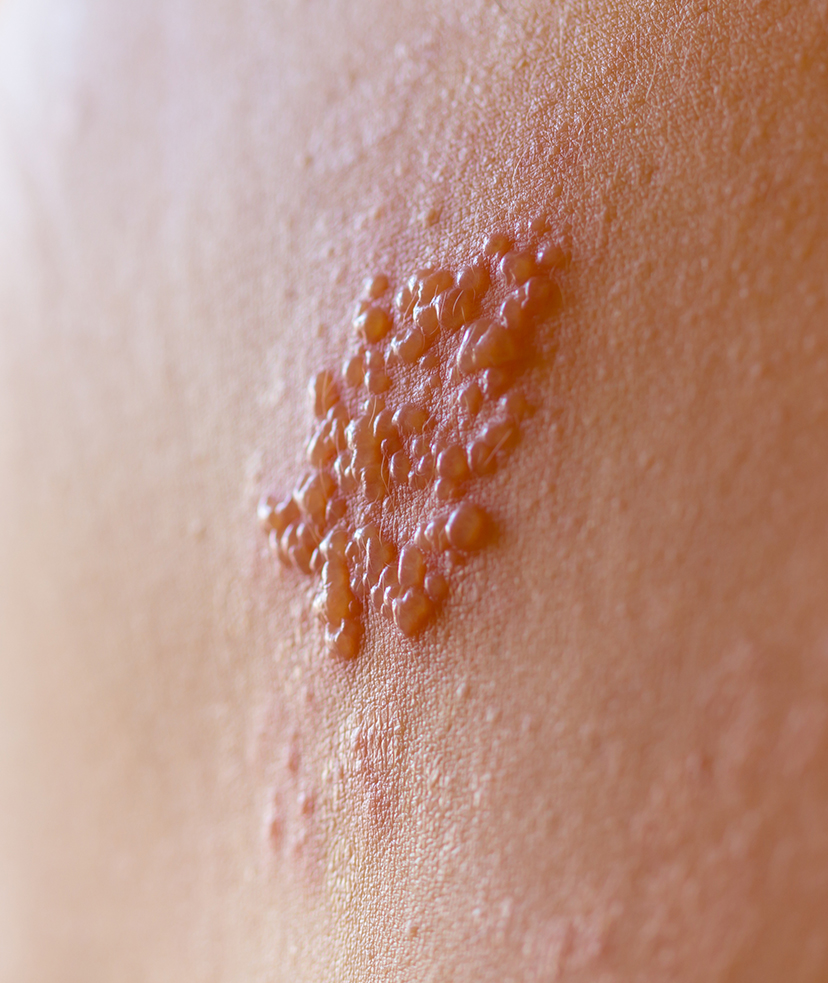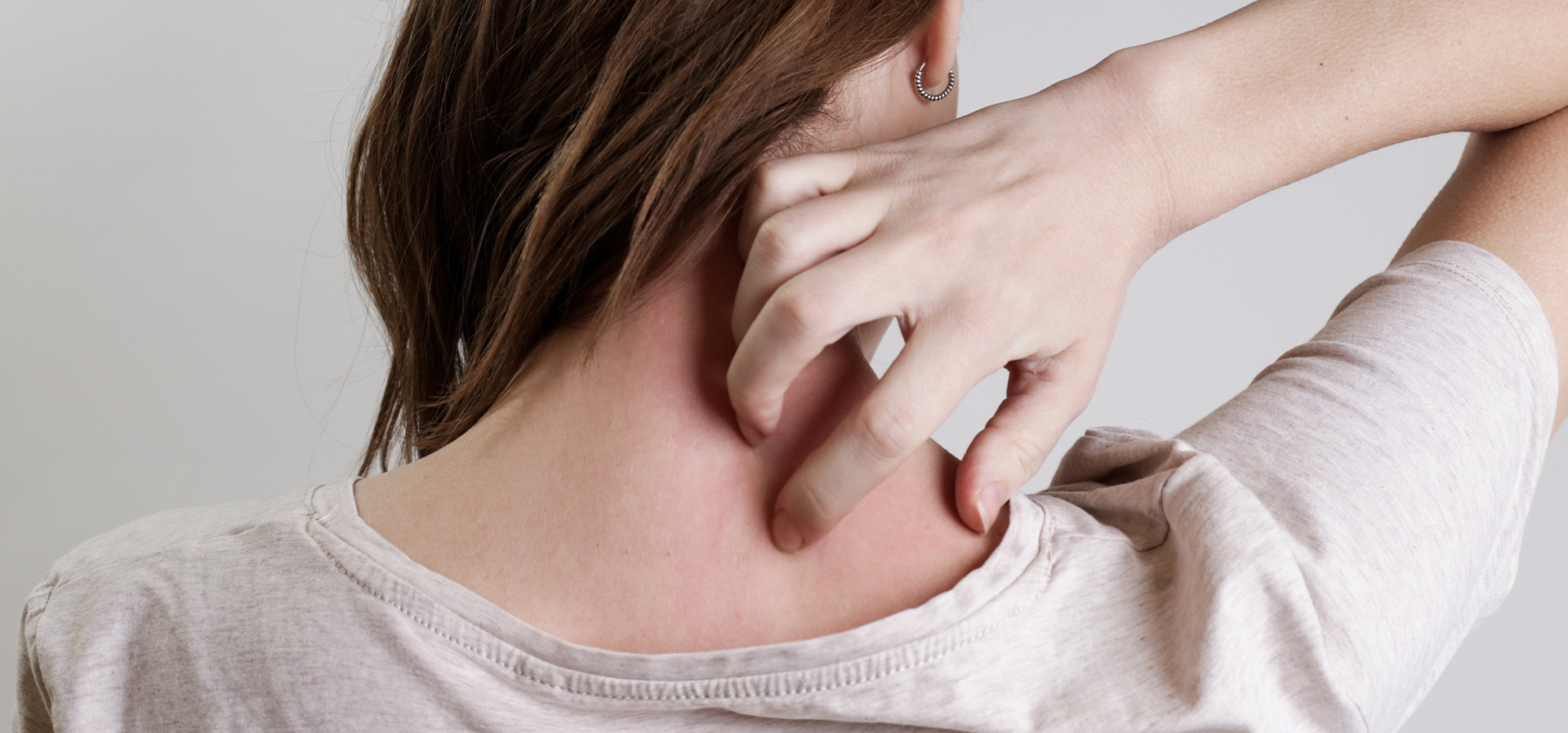If you’ve ever had chickenpox, you know how itchy, uncomfortable, and unpleasant the illness can be. Shingles is essentially “adult chickenpox” and is caused by the same virus, herpes zoster. It can leave you feeling sick for a long time if you don’t take appropriate action quickly. Here at McLean & Potomac Dermatology, we can offer medications to address symptoms of this illness and help you overcome it faster. Schedule an appointment at one of our locations today to receive the care you deserve.

What Causes Shingles?
Shingles, also known as zoster or herpes zoster, is a skin rash caused by the varicella-zoster virus, which causes chickenpox. After a person recovers from chickenpox, the virus stays in the body in a dormant (inactive) state. The virus can reactivate years later, causing shingles. Anyone who has recovered from chickenpox may develop it; even children. However, the risk of disease increases as a person gets older.
Signs and Symptoms of Shingles
It usually starts as a painful rash on one side of the face or body. The rash forms blisters that typically scab over in 7-10 days and clear up within 2-4 weeks. Before the rash develops, there is often pain, itching, or tingling in the area where the rash will develop. This may happen anywhere from 1-5 days before the rash appears.
Most commonly, the rash occurs in a single stripe around either the left or the right side of the body or face. In rare cases, usually among people with weakened immune systems, the rash may be more widespread and look similar to a chickenpox rash. Shingles can affect the eye and cause loss of vision. Other symptoms include fever, headache, chills, or stomach upset.
How Do We Address Shingles?
Several antiviral medicines are available to treat Shingles. These medicines help shorten the length and severity of the illness. To be effective, these medicines must be started as soon as possible after the rash appears. Thus, people who have or think they have shingles should call our team as soon as possible to discuss treatment options.
Pain medicine may relieve the pain associated with this condition; however, shingles-related pain varies. Wet compresses, calamine lotion, and oatmeal baths may help relieve itching. The tingling or burning associated with the shingles rash can last weeks after the rash has resolved. If pain, itch, tingling, or numbness persists beyond three months, please call us so you can be evaluated by one of our other healthcare providers.
What to Expect From Treatment
Recovering from Shingles can takes some time. While this disease can’t be transmitted, the virus that causes Shingles can. Therefore, if you have this disease, you need to:
- Keep the rash covered. Do not touch or scratch the rash.
- Wash your hands often to prevent the spread of varicella-zoster virus.
- Until your rash has developed crusts, avoid contact with:
- Pregnant women and infants.
- Immunocompromised persons.
- People who take immunosuppressive medications.
- People undergoing chemotherapy.
- Organ transplant recipients.
- People with HIV infection.
Find Treatments for Shingles in McLean, VA, or Potomac, MD
If you have or think you have shingles, it’s important that you get treated right away. The virus that causes this disease can be transmitted easily, so it should be contained and addressed early on to avoid infecting others. Get in touch with our McLean & Potomac Dermatology team to discuss treatment options and how we can help you.
You can reach us by messaging us through the Klara app on this website or giving us a call at (703) 356-5111.


